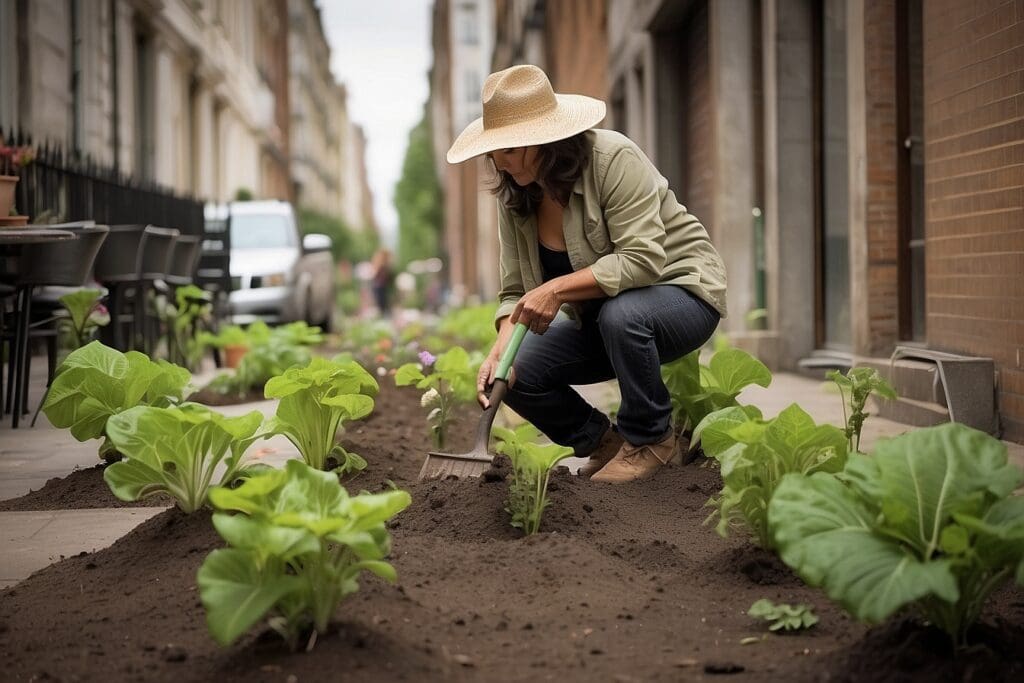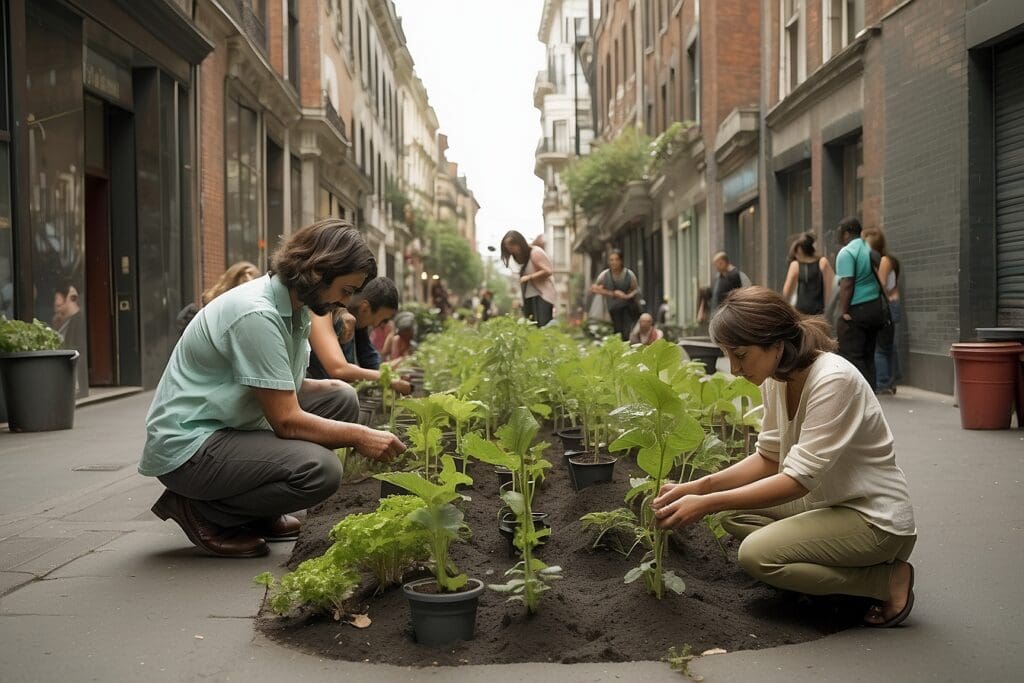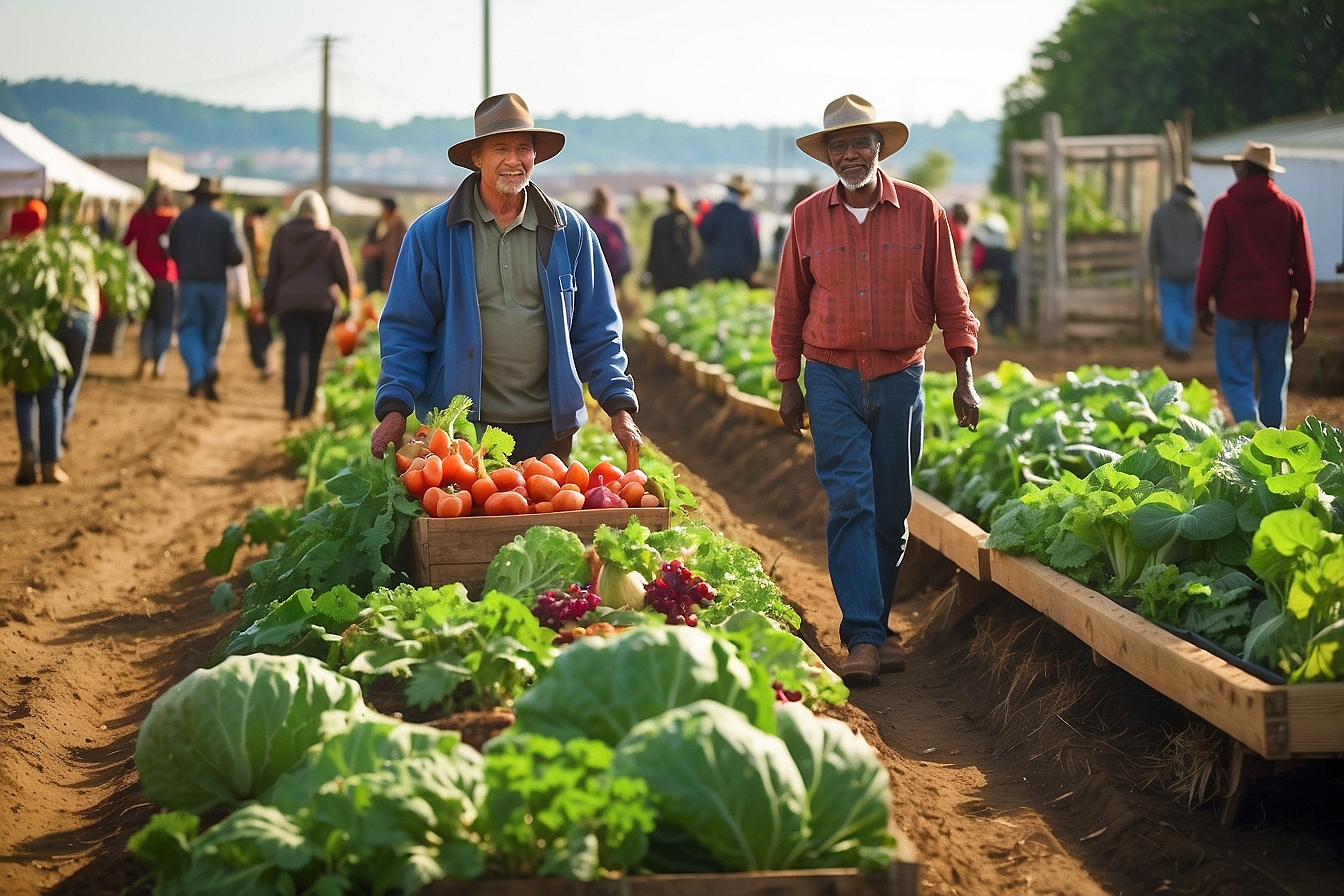It is the most positive form of vandalizing to date. Volunteers clandestinely transforming patches of ugly weeded or trashed parcels of urban land into sustainable gardens of native plants. The idea behind this revolution, called “guerrilla gardening,” is to renovate small scraps of industrial land to enhance street-side beauty as well as incorporate natural ecology back into the community.
Richard Reynolds: The Beginning of a Revolution
Credited with the beginning of this amelioration of public property, Richard Reynolds began guerrilla gardening when he was living in an apartment complex with no space to fulfill his green-thumbed passion.1 His frustration led to him tending his own housing’s outdoor garden but rapidly accelerated into becoming something much greater. The city of London soon became his outdoor playground, somewhere he could tend his cultivation habits and also give the community the environmental boost so many citizens craved. Reynolds started blogging about his adventures in 2004 and in a short while he was getting responses from people in hub-cities from around the world interested in performing the same task in their own urban cages.2
Who’s Involved?
Reynold’s spark of ecological genius has drawn large companies to get involved. Many are beginning to sponsor or at least advertise guerrilla gardening events. Columbia, the outdoor sportswear company, recently featured this commercial. |
Los Angeles is one of the cities that has quickly absorbed guerrilla gardening. Despite its notorious reputation of being all concrete and smog—no offense LA—citizens are reaching out with a fierce team of planters. Their website www.Laguerrillagardening.org delivers opportunities for anyone willing to lend a hand. They provide knowledge on where to get free mulch, which plant species to use, and how to make your own “seed bombs,” which will be discussed shortly. It is an impressive move from a city so starved for vegetation.
To read more about Reynolds or if you’d like to know more about the process, check out Reynolds’ book titled On Guerrilla Gardening now available in stores or online at www.guerrillagardening.org.
How to be a Guerilla Gardener

To be a guerilla gardener you need more than just a hoe and some plants. The decision to fill this recently contrived societal niche takes active planning. First, pick a location. Drive around your city to scout for areas that have been neglected by city planners and that are viewable by a lot of people. The patch of land must be a size accomplishable by your team—the more people the larger the plot of land—and when transformed, should alter the aesthetics of the area in an efficacious manner. Popular sites are usually found near bus stops, busy walkways, or parks to ensure the hard work put into the late night will be enjoyed by the maximum number of onlookers.
Once the desired location is chosen, you need to figure out what kind of plants are going to go into this city garden. Native plants are ideal because if you’re going to go through all that work to plant a garden you might as well put in the extra effort to add species that actually belong there in the first place. Native plants will be the most tolerant to the climate and rain patterns so try to find a garden or greenhouse in your area that specializes in growing for restoration projects. (LA guerrilla gardening has some good suggestions for plants.) Guerrilla groups have also in the past planted fruit or nut trees. This way people on their way to work can get a healthy snack for free. But most importantly make sure they are attractive and won’t cause any harm! People are going to be walking by them and adoring them on a daily basis, if your group plants species that are ugly or thorny chances are the community will not be as supportive to the cause.
Okay, so you have your location and plants. You’ve assembled a brawny crew who has brought their own tools—ask a friend, family member or neighbor if you don’t have your own. Leave in the middle of the night, say around 2:30 am, and go on your quest! Guerrilla gardeners need to do a good planting job but they need to get in and get out relatively quickly. Bring a trash bag to toss in any weeds and trash you may encounter on your plot of land and for the pots your plants came in. You’re there to improve, so take your garbage out with you. An added bonus would be to bring biodegradable bags for the old weeds/sticks/other compostables and then actually compost these materials instead of sending them to a landfill in another trash bag!
For more tips check out: http://www.guerrillagardening.org/ggtips.html.
Seed Bombs
One of the most fun things a guerrilla gardener can do is to release seed bombs out the car window after a successful planting session. Composed of (native) seeds, clay, dry mulch, and water, these little balls make for excellent launching ammo for empty lots. The hypothesis behind the composition of the ball is to provide the seed with food to begin its growth and will hopefully muster enough strength to grow where ever
Adidas also released an online video demonstrating the process of guerilla gardening, perhaps to support the cause? |
it lands. Clay holds everything together nicely and protects the seeds from separating from the mulch on impact.
For exact directions on this mechanism visit:
http://heavypetal.ca/archives/2007/03/how-to-make-seedballs/.
What to Make of This New Public Gardening Trend
Guerrilla gardening is ushering in a new generation of thought. This vigilante gardening is appealing to some because of the adrenaline with getting caught mixed with the sensation of seeing people’s reaction to your work without knowing it is yours. To combine such a rush with something that bolsters the environmental integrity of one’s city should provide food for thought for many. The police may call them vandals, the community sees them as night gardeners, but guerrilla gardeners are more like enviro-teers, all for one cleaner city, and one cleaner city for all to enjoy.





